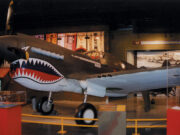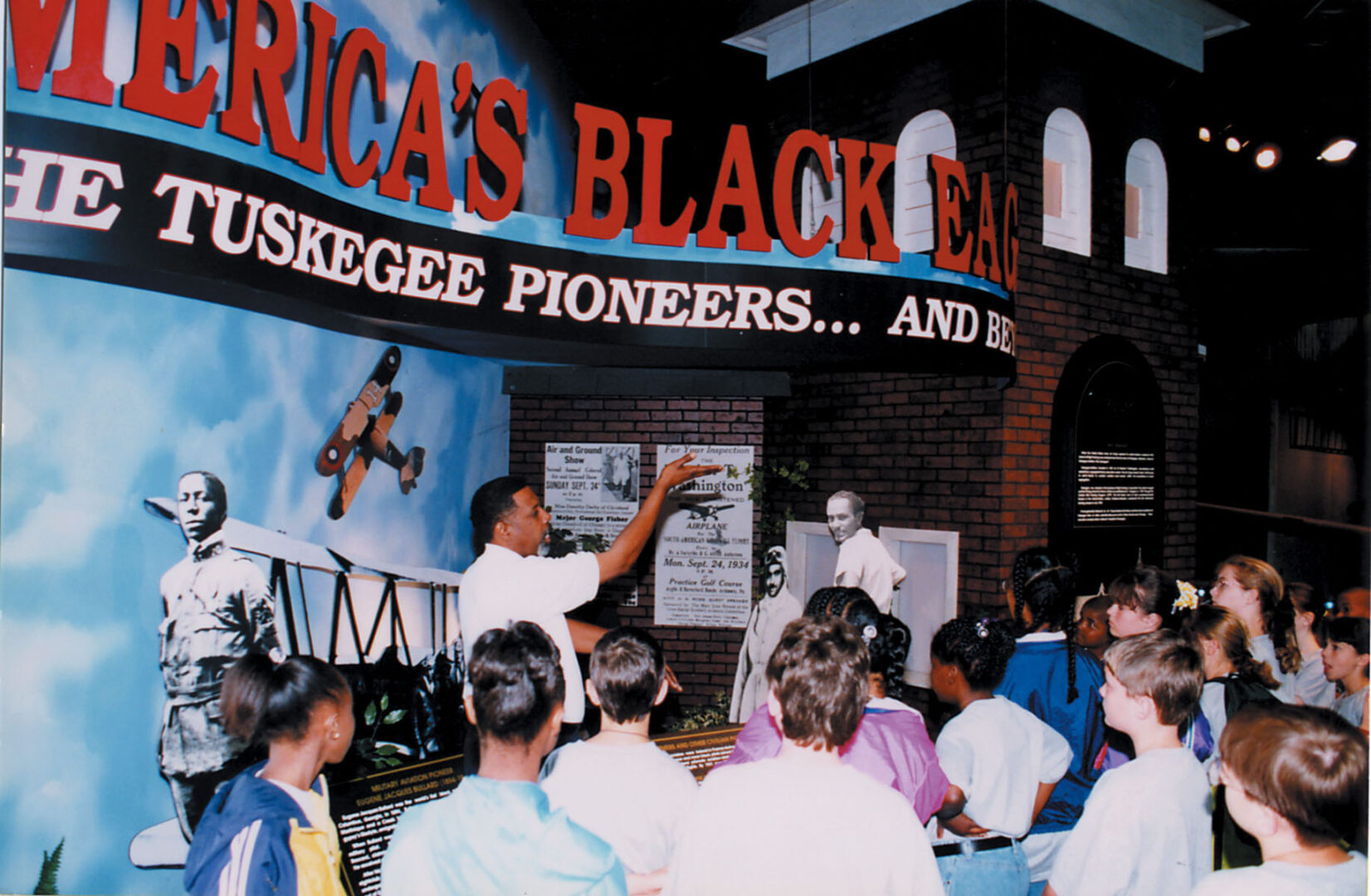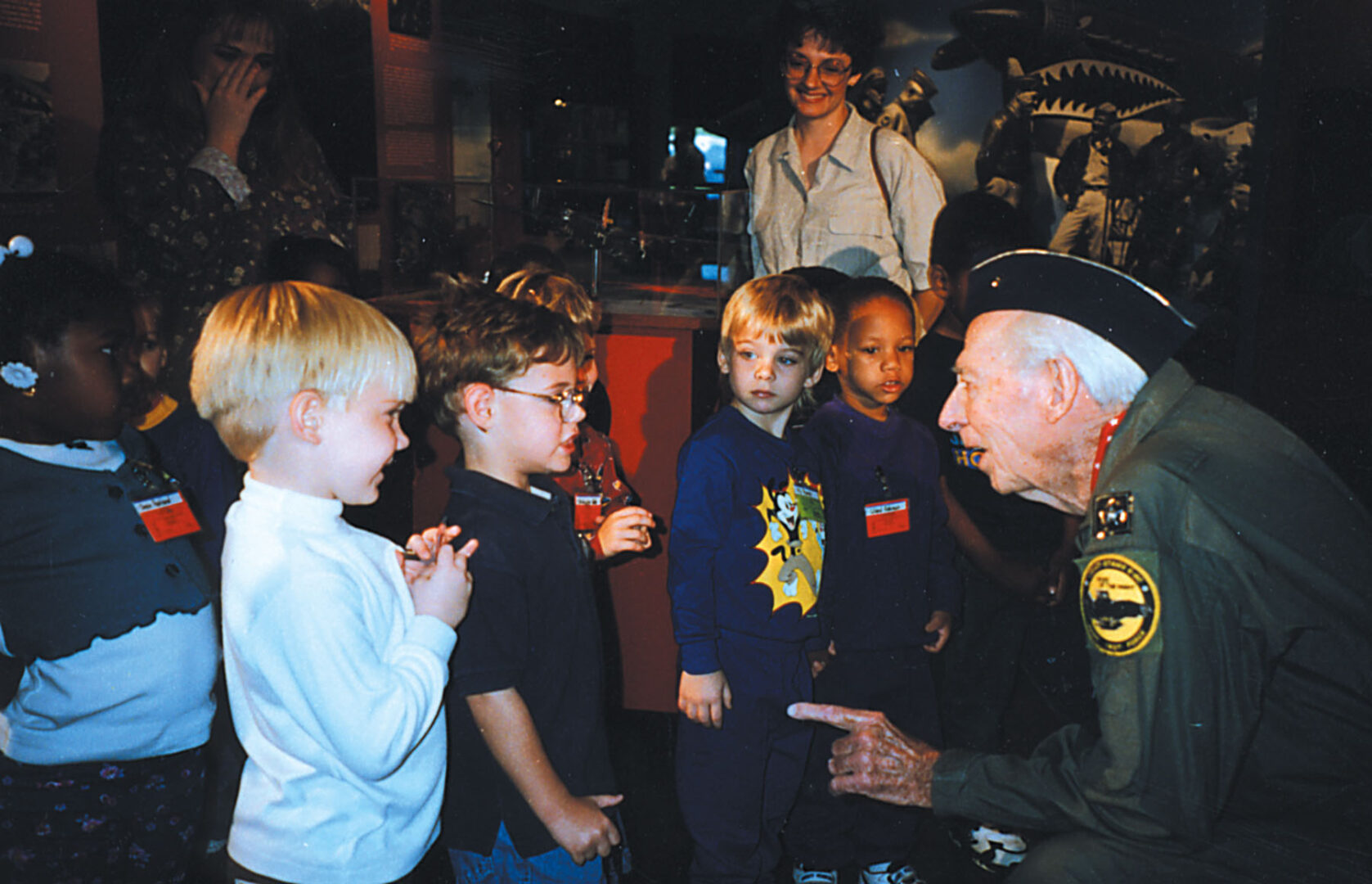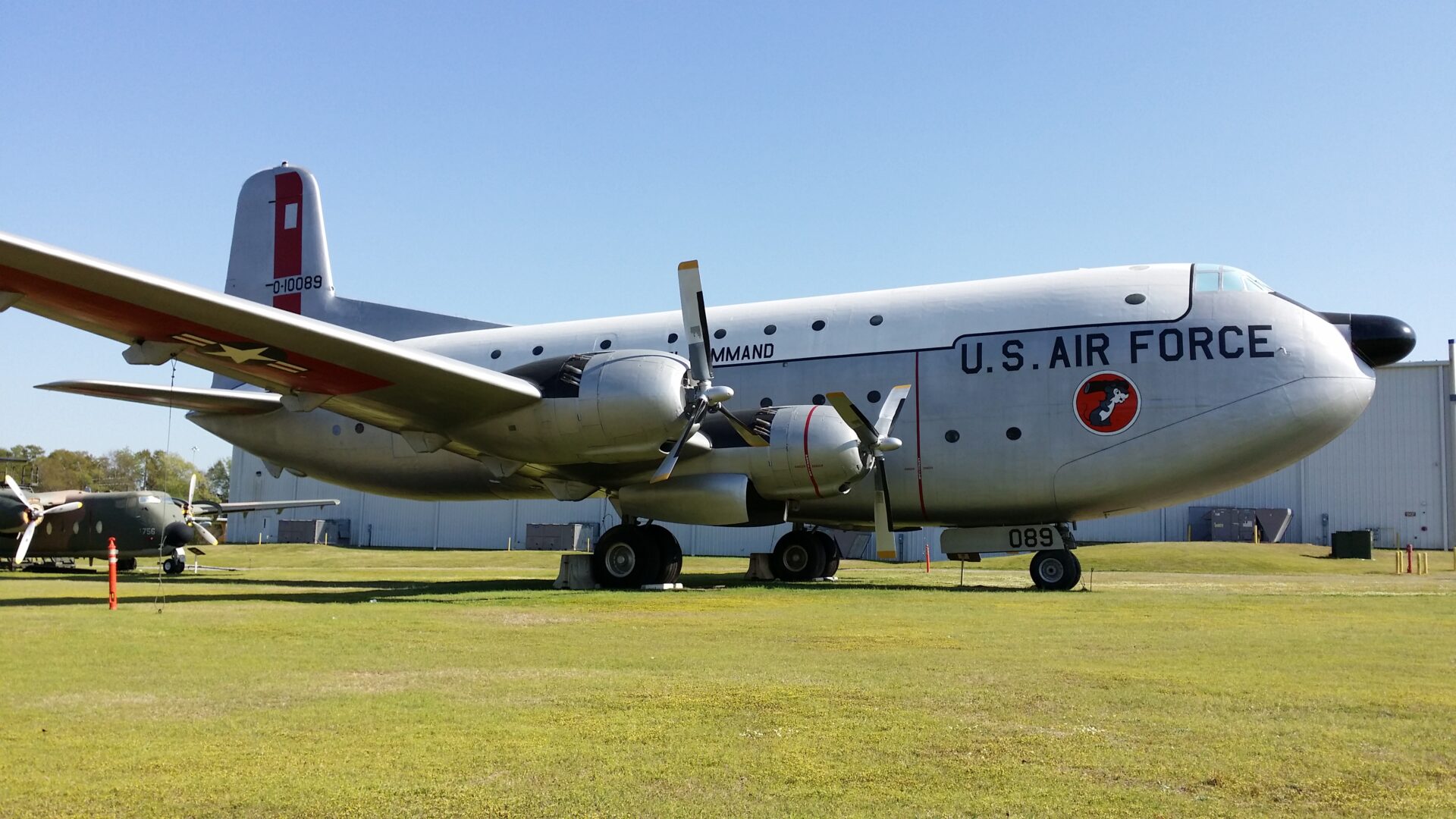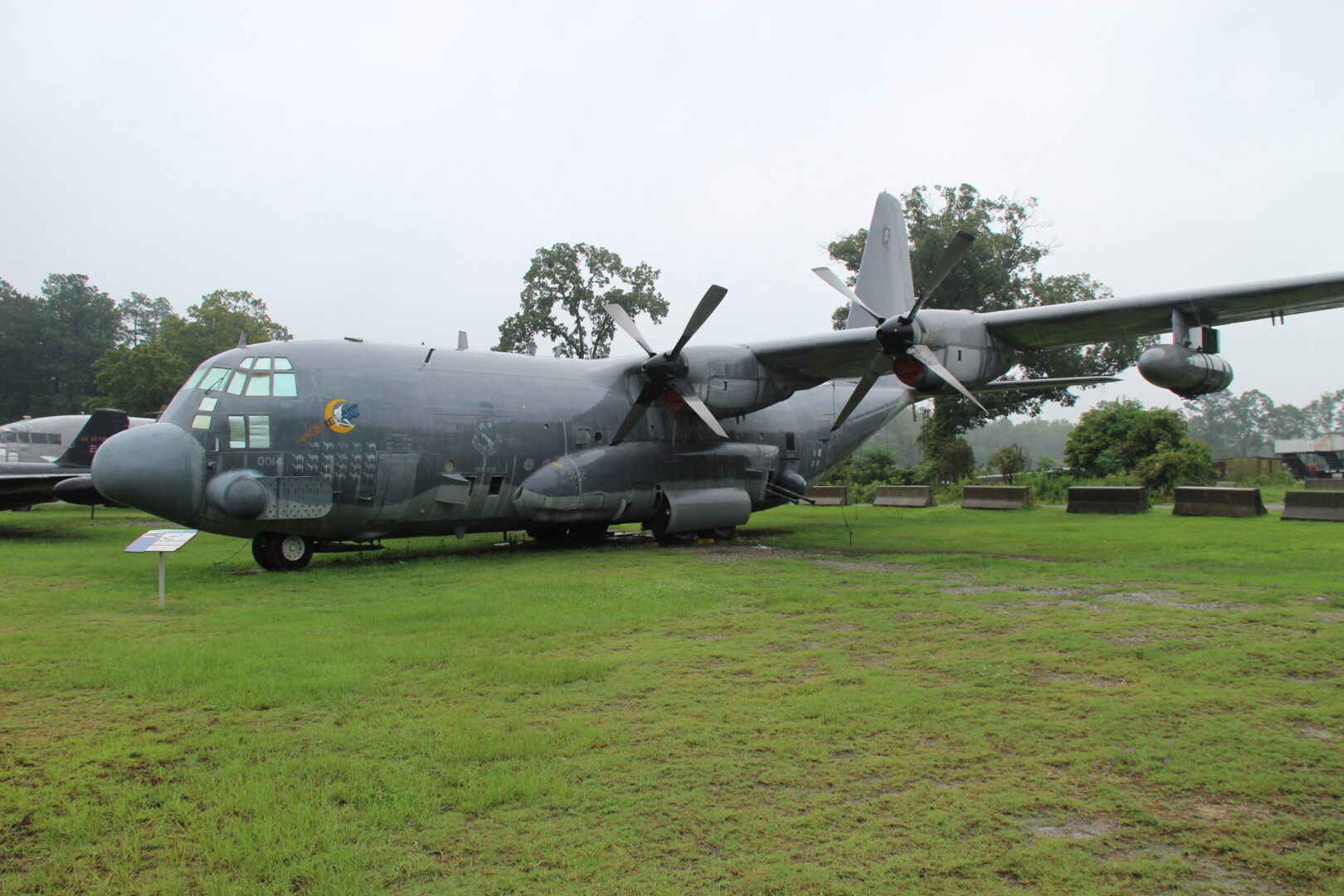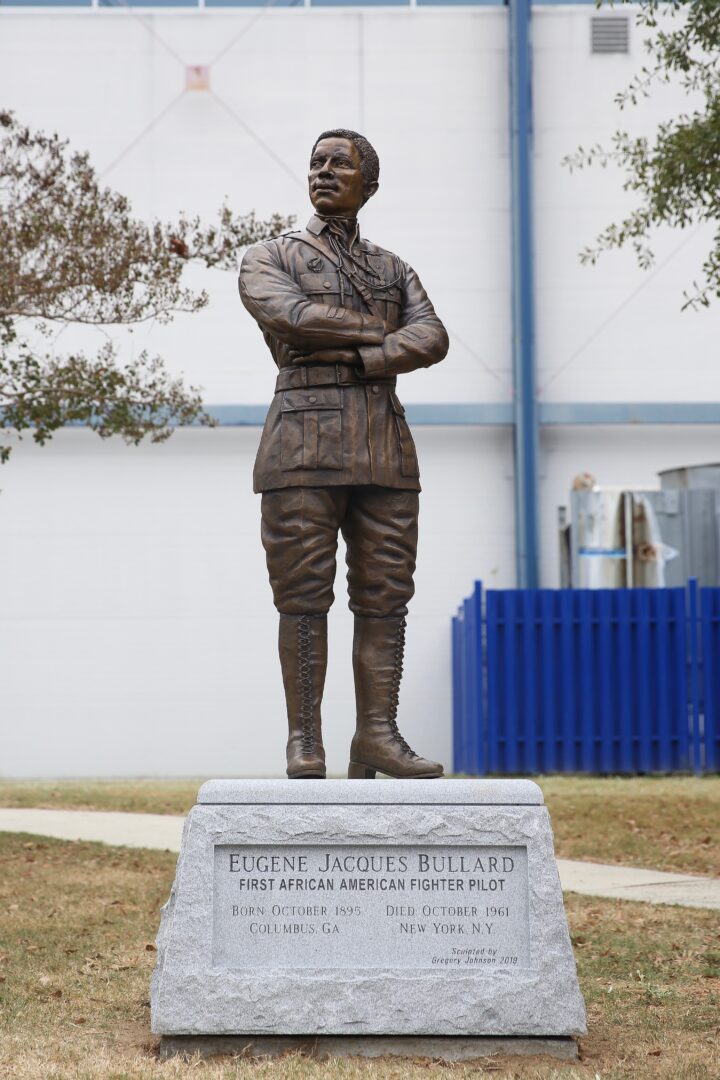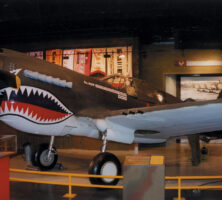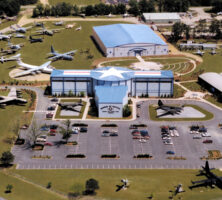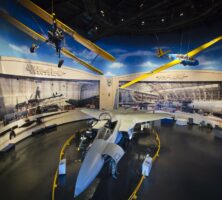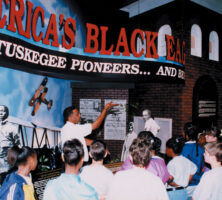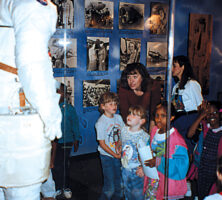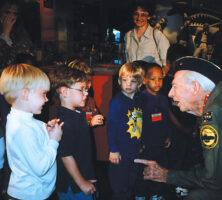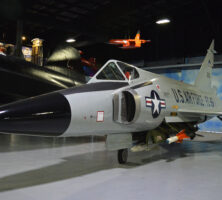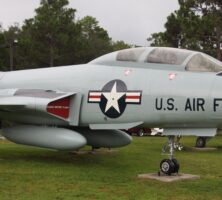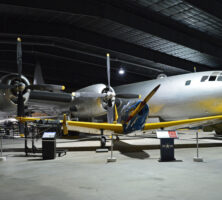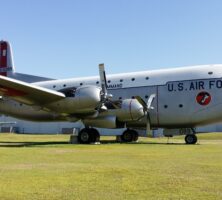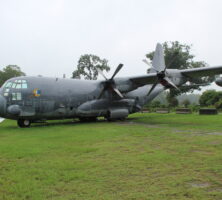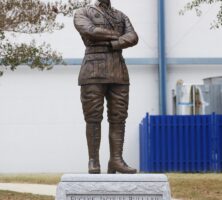The Museum of Aviation, on the grounds of Robins Air Force Base, attracts more than half a million visitors each year to its fifty-one-acre site located in Warner Robins, in middle Georgia just ten miles south of Macon. As the second-largest museum affiliated with the U.S. Air Force, the Museum of Aviation offers an excellent overview of the growth and development of the air force dating from World War II (1941-45) to the present. In 1997 the museum received a Governor’s Award in the Humanities.
Display Aircraft
The museum’s programs include static displays of eighty-five aircraft, many as part of interpretive exhibits. Most of the aircraft are stored in a special maintenance facility; many, especially the largest, are located in an outdoor area. A replica of the Epps 1912 Monoplane, designed by Ben Epps, is one such display at the museum. Epps is considered to be the father of aviation in Georgia.
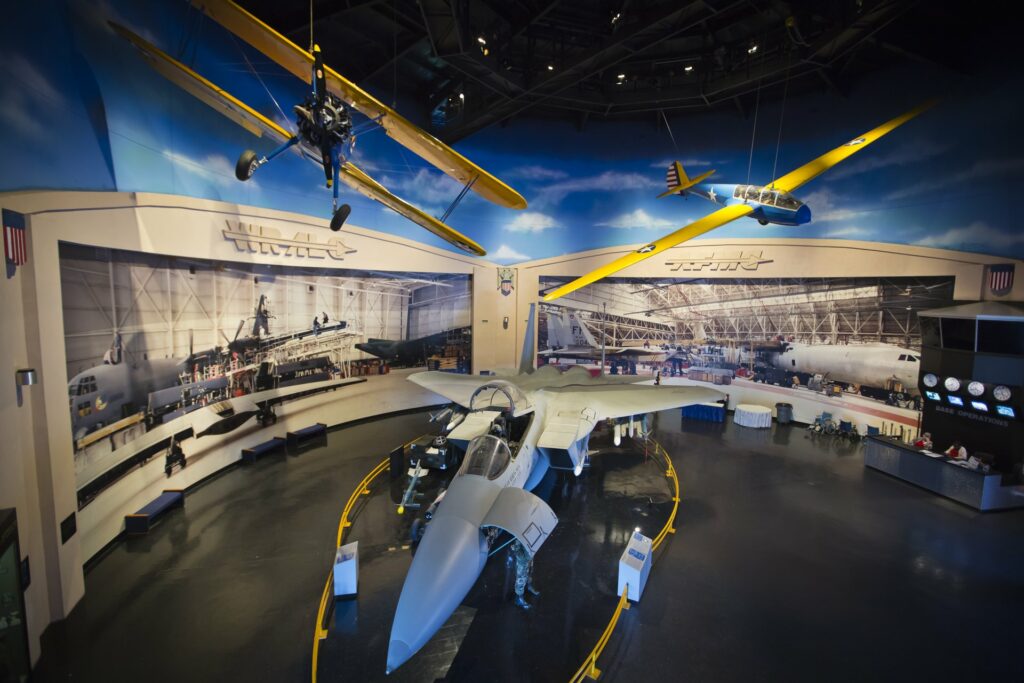
Courtesy of Explore Georgia.
The site contains many historically significant aircraft, some of which are rare or of particular historical significance. These include the SR-71 Blackbird and the U-2, the world’s most important and advanced reconnaissance aircraft; the KC-97 and C-124 Globemaster, huge cold war aircraft; and the mammoth B-52 Stratofortress.
The B-29 Superfortress and the P-51 Mustang are exceptionally important and advanced World War II–era planes, and both have been immaculately restored. An example of the F-80 Shooting Star, F-86 Sabre, and MiG-17, also restored, are among the earliest operational combat-jet aircraft in the world; each saw action in the Korean War in the 1950s.
General Robert L. Scott Jr., a Macon native who wrote God Is My Co-Pilot, was a World War II fighter ace who gained national fame flying with General Claire Chennault’s “Flying Tigers.” The P-40 fighter plane of the type flown by Scott and the Flying Tigers is the centerpiece of an important exhibit charting the role of aviation in the Pacific theater of World War II. The exhibit also tracks Scott’s subsequent career in the U.S. Air Force, which was a branch of the army until it became an independent agency in 1947. Like many in the museum’s hangars, the exhibit includes rare photographs, scale models, interpretive text, audiovisual simulations of combat life and flying, and the flight gear of air force pilots.
Special Exhibits
The museum, in addition to an attractive open grounds area, includes the Eagle Building, housing administrative offices and archives; exhibits focusing on World War II, the Korean War (1950-53), and the development of air force aviation; and a modern F-15 Eagle. The museum also includes a theater that features Smithsonian movies, a café and gift shop, and a viewing area on the third floor.
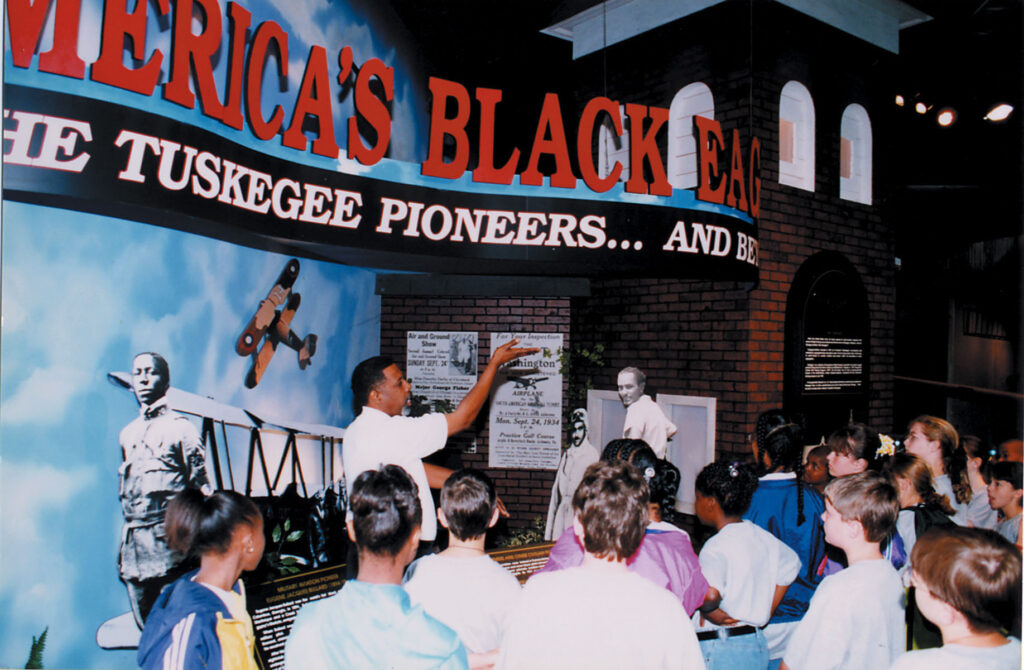
Courtesy of the Museum of Aviation
The Century of Flight hangar contains an interactive theater, aircraft displays and exhibits, and the Georgia Aviation Hall of Fame. Hangar One includes an exhibit that traces the history of America’s African American aviators with accompanying text, biographies of significant figures, and aircraft. Charles Dryden, a member of the famed Tuskegee Airmen, attended the dedication of the exhibit in 1997. Hangar One also contains special exhibitions on the Korean conflict, and rescue helicopter operations. The Scott Exhibit hangar, the newest building, features World War II-era planes and also houses the museum’s restoration projects.
In 2008 the museum dedicated the Prisoner of War and Missing in Action Memorial, which features a bronze eagle chained to a granite pedestal, to commemorate the thousands of Americans unaccounted for from World War I (1917-18) to the present. And in 2019, the museum unveiled a statue honoring Eugene Bullard, the first African American fighter pilot.
Education Programs
The Museum of Aviation accommodates field trips and educational programs for young people that are correlated with the Georgia Standards of Excellence. A regional office of the Georgia Youth Science and Technology Centers, which provides math and science education for teachers and science programs for young people, is located in the museum. The museum’s National STEM Academy also offers STEM (science, technology, engineering, and math) subject workshops to students and teachers. “Starbase Robins” simulates flight operations that introduce fifth-grade students to science, math, and personal development skills. “Mission Quest” includes a flight simulator that allows middle and high school students to apply math and science principles.
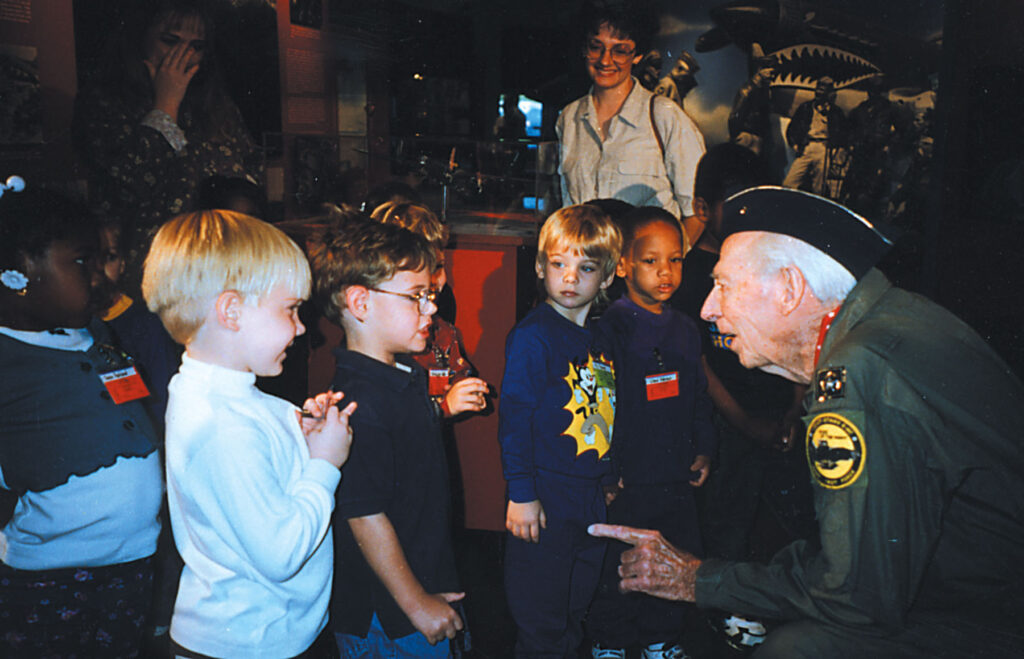
Courtesy of the Museum of Aviation


